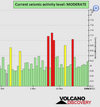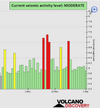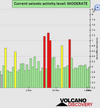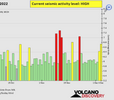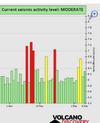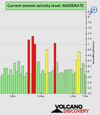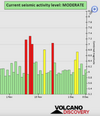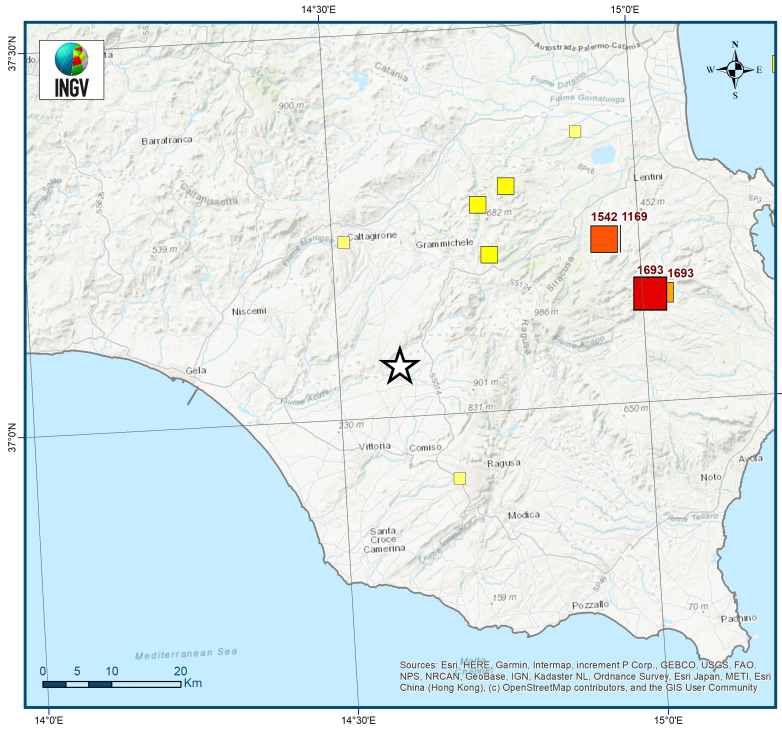New Zealand’s largest volcano has been rumbling for several months. Last night there was a 5.6 magnitude shake with aftershocks continuing through the night.
Lake Taupo is the crater of a massive super volcano and the risk of eruption for the first time in recent history was increased from zero to one back in September. Last nights quake marks the peak of its activity so far.

 www.nzherald.co.nz
www.nzherald.co.nz
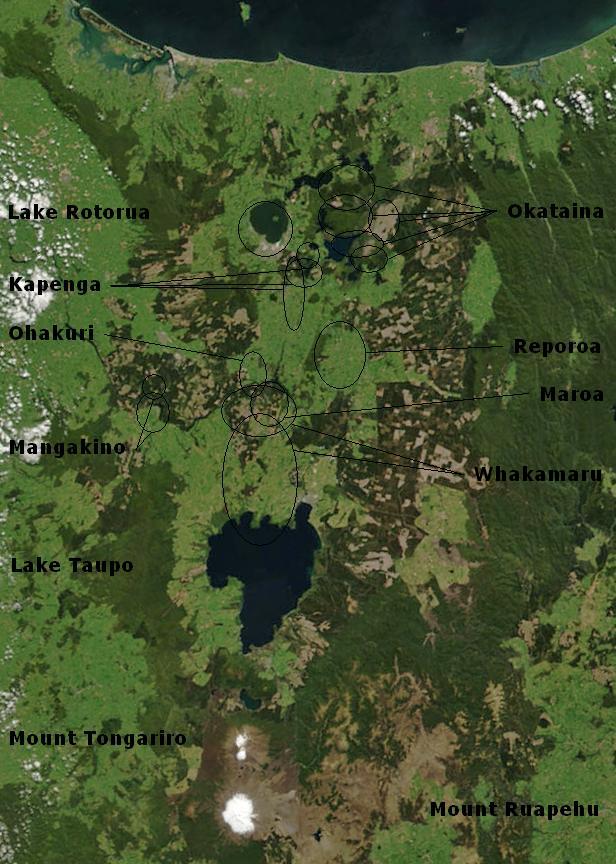
 en.m.wikipedia.org
en.m.wikipedia.org
The timeline of Taupo eruptions is interesting in that I wonder if it coincides with astronomical cycles?
New Zealand’s best-known supervolcano hasn’t quietened, with scientists still recording around 20 local earthquakes at Taupō each week.
Yet there’s no indication that the enormous, lake-filled caldera volcano - where GeoNet’s alert level was raised to one for the first time ever in September – is at any immediate risk of eruption.
Lake Taupo is the crater of a massive super volcano and the risk of eruption for the first time in recent history was increased from zero to one back in September. Last nights quake marks the peak of its activity so far.
Scientists were working to develop a range of possible future scenarios for Taupō – and an actual eruption remained a decidedly unlikely one.

Scientists recording 20 quakes each week at unsettled Taupō
Activity at NZ's best-known supervolcano hasn't quietened enough to lower its alert level.
Lake Taupō, in the centre of New Zealand's North Island, is the calderaof the Taupō Volcano, a large rhyolitic supervolcano. This huge volcano has produced two of the world's most violent eruptions in geologically recent times.
Taupō Volcano - Wikipedia
The timeline of Taupo eruptions is interesting in that I wonder if it coincides with astronomical cycles?
Taupō volcano first began to erupt over 300,000 years ago. It is very large and has many vents, most of which are now under Lake Taupō. Geological studies of Taupō show that the volcano makes up only the northern half of the lake and a small surrounding area but there have been numerous eruptions from different sites within this large volcano. Taupō is not a large mountain because the eruptions have been so explosive that all material has been deposited far from the vent and subsequent collapse of the ground has formed a caldera (a collapsed volcano).
Most Recent Eruption
Whenabout 1,800 years agoWherenorth-eastern Lake TaupōEffectsThe Taupō eruption was the most violent eruption in the world in the last 5,000 years; it was a complex series of events. The first phases of the eruption produced a series of five pumice and ash fall deposits over a wide area of the central North Island, especially east of Taupō and beyond Napier into Hawke Bay. The eruption culminated with a large and very energetic pyroclastic flow that devastated an area of about 20,000 km2 and filled all the major river valleys of the central North Island with pumice and ash. These pumice deposits can still be seen today and many of the major rivers in the North Island carry large amounts of this pumice when in flood. Rounded pumice found on the beaches of the North Island have come from this eruption. The Taupō eruption took place from a line of vents near the eastern side of the modern lake.
Last edited:

